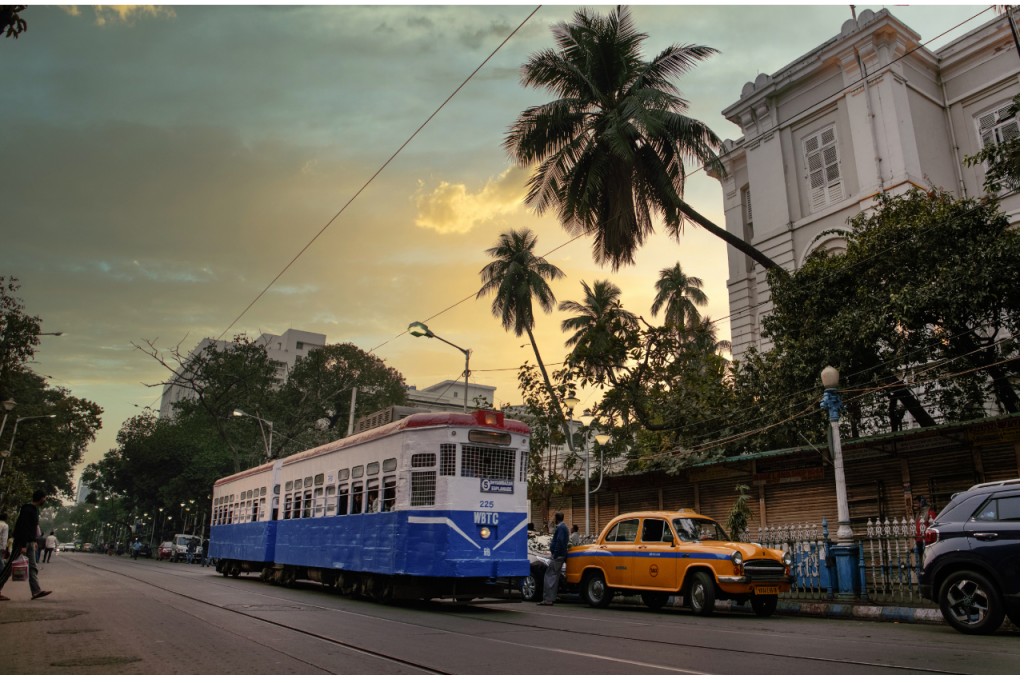Republic Day: How India’s military parade became a spectacle
A day before India was set to celebrate its 73rd Republic Day, government officials issued an unusual clarification: this year’s parade would not feature a song from Bollywood.
The parade has in fact never included a Bollywood track but the government felt compelled to explain because of a recent controversy. An official handle had tweeted a video that appeared to be a curtain-raiser to the grand annual parade that marks the day: in it, a Navy band played a popular Bollywood hit while others kept the beat by stamping their feet and tapping their rifles.

A social media storm ensued – opposition politicians accused Prime Minister Narendra Modi’s government of diluting the dignity of the armed forces while others said the video made a mockery of the iconic celebration.
The department that had tweeted the video finally said it just wanted to show how the personnel took a break during their “gruelling” rehearsals for the parade.
The controversy, just one of many this year, is unlikely to dampen the excitement of the millions of Indians who watch the event – it’s held in the heart of the national capital Delhi, and telecast live across the country.
Every year, India celebrates 26 January – the day its constitution came into effect. Making it a sovereign republic – with a spectacle where it shows off its military strength, technological advances and cultural diversity.
Language was a particular flashpoint in the late 1950s and early 1960s. The federal government tried to make Hindi the sole official language. The resistance was strongest in Tamil Nadu. Where the Dravida Munnetra Kazhagam party led huge protests, burning Hindi books and blackening signs written in Hindi.
The government dropped the measure after 26 January 1965. When two protesters set themselves on fire in the state’s capital Chennai (Madras).
The Parade
As states began sending their own floats, or tableaux. Usually based on cultural or historical milestones they wanted to highlight – the parades got longer and more colourful.
For people who live far away from the power centre of Delhi. It still remains a thrill to spot their state’s contribution to the parade rolling along.
Several government departments also join now, showcasing models of India’s achievements in agriculture and science and technology.
For Indians, the parade was primarily a symbolic affair that reinforced their identity as part of a powerful republic.
It took some inspiration from the grand receptions and processions showcased by the British imperial power. Which Indians were already familiar with.
The parade also aims to send a message to the rest of the world about India’s abilities, Mr Raghavan says.
Starting with Indonesian president Sukarno in 1950. India has always invited a foreign dignitary as the chief guest to the parade.











